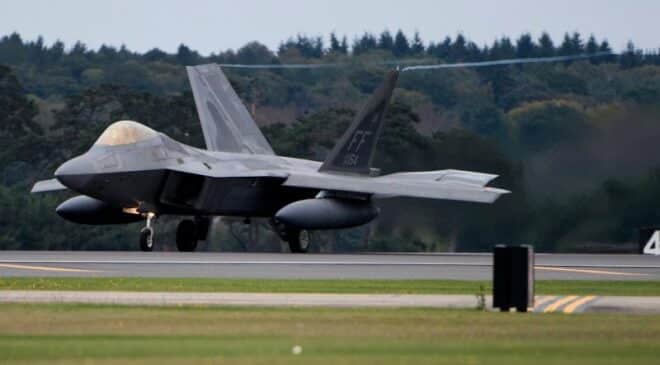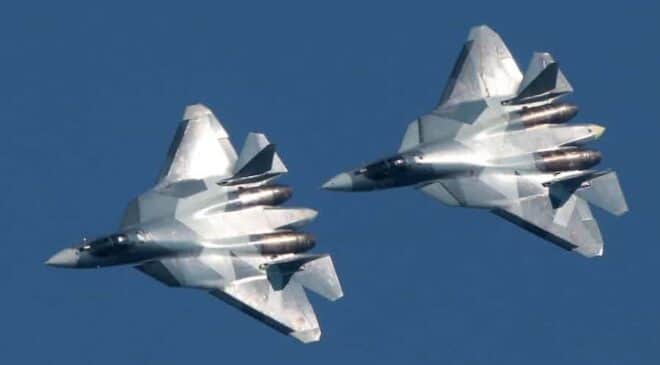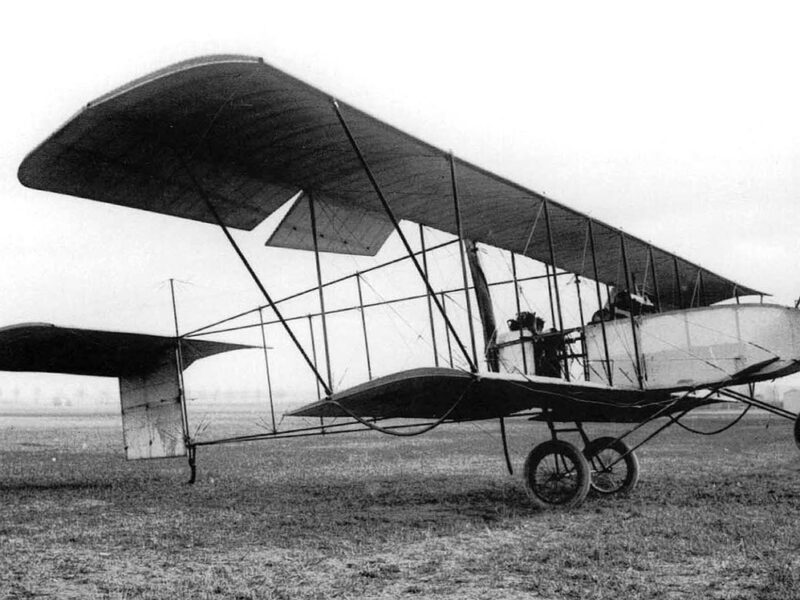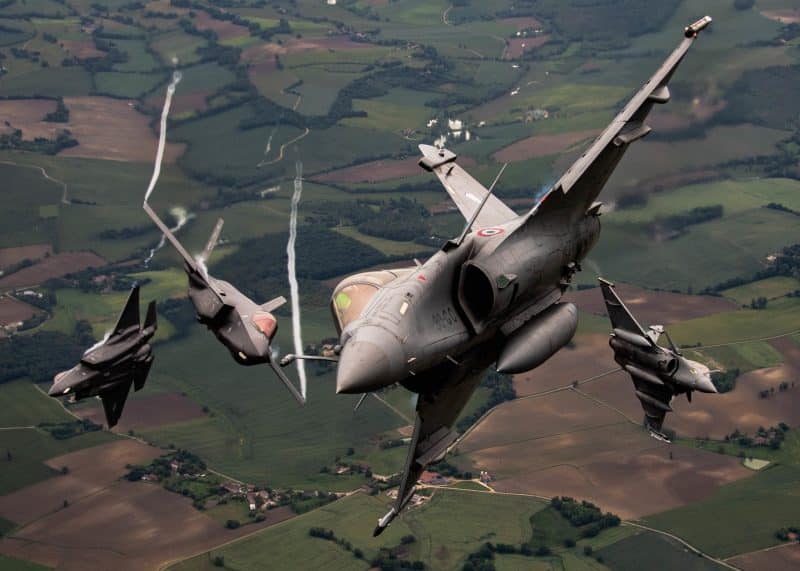When Lockheed-Martin presented its F-22 Raptor for the first time, it was presented as a 5th generation combat aircraft, to mark its disruptive character, both operationally and technologically, with previous combat aircraft.
Its unit price of $160 million which, in itself, was enough to justify a major disruptive aspect since twice as expensive as the F-15E or the F/A 18 E/F then the most expensive combat aircraft in service or in preparation across the Atlantic.
Beyond that, the aircraft had unique capabilities such as very advanced multi-aspect stealth, without however matching that of the F-117A in the frontal sector, the ability to maintain supersonic flight without afterburner referred to as Super -cruise, and a first attempt to design an info-centric combat aircraft, with significant on-board processing capabilities for the time and referred to as data fusion.
Since then, the 5th generation has established itself as a qualitative criterion, often used as the ultimate argument for estimating the operational performance of an aircraft, in particular since the arrival of the F-35 Lighting II from the same manufacturer on the international market, and this even if it does not have multi-aspect stealth, but sectoral stealth, and no more super-cruise.

However, this classification has transcended only American aircraft, since both the Russian Su-57 and the Chinese J-20 are also presented as 5th generation aircraft.
The new programs under development, such as the Franco-German FCAS, the British Tempest or the American NGAD, are presented as future 6th generation devices.
However, by studying the history of the technological development of combat aircraft for more than a hundred years now, it appears that this much-used notion could in reality be, if not artificial, in any case severely overused, to the point that one could question its materiality.
Thus, the four previous generations, like the upcoming 6th generation, present technological and operational aspects that are much more disruptive and universal than the assembly of variable geometry capabilities used to define this 5th generation.

If the use of the plane for military purposes began at the end of the 1900s, the first aerial combat in history took place on October 5, 1914 above Jonchery-sur-Vesles in the Marne, making Voisin LA Type 3 equipped with a machine gun by its crew, the pilot Joseph Franz and the mechanic Louis Quenault, the first fighter in history by shooting down a German reconnaissance plane.
1st generation combat aircraft, from the Voisin LA Type 3 to the A-1 Skyraider
This first generation of combat aircraft was characterized by piston engines, propellers and straight wings. It lasted until after the Second World War, with certain legendary aircraft such as the British Camel, Spitfire and Tempest, the French SPAD and MS406, the Fokker Dr.1, the Messerschmitt BF109 and the German FW190, the American P-38 Lighting, P-51 Mustang and F-6F Hellcat, or even the Japanese A6M, the famous zero which prevailed in the Pacific until 1943 and the arrival of the Hellcat.
Some of these aircraft remained in service during the 50s and even 60s, such as the F-4U Corsair which served intensively in Korea, but also in Indochina in the hands of French naval pilots, and the famous A-1 Skyraider of the US Navy in Vietnam, the specialist Sandies missions to protect the extractions of downed pilots.
They were, however, limited in their performance due to the aerodynamic constraints linked to the use of a propeller, not allowing them to exceed speeds beyond 750 km/h.


The rest of this article is for subscribers only
The Classic subscriptions provide access to
all articles without advertising, starting at € 1,99.
Newsletter subscription
Register for the Meta-Defense Newsletter to receive the
latest fashion articles daily or weekly


[…] […]
[…] seems impossible to bring this program to completion and to actually design a combat aircraft and its common system of systems between Paris and Berlin. Even a firm political decision now seems out of place, […]
[…] in a real new generation much more surely than could be the arrival of the famous 5th generation of combat aircraft. This transformation will also radically change the role of the fighter jet in […]
[…] new abilities creating a clean break with previous generations, much more than those supposed to define the dubious 5th generation. Through their capabilities for cooperative engagement, drone control, and through […]